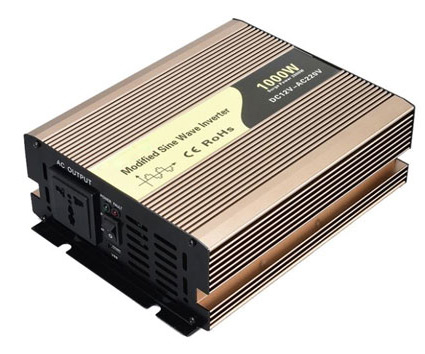In the PV grid-connected system, the power of the module and the inverter are related, and the power matching between the module and inverter is not a fixed ratio of 1:1, but needs to be considered in conjunction with the specific conditions of the project. The main influencing factors are irradiance, system loss, inverter efficiency, inverter life, inverter voltage range, module installation angle, etc.
Component installation tilt angle and orientation angle
When the plane of the object and the light is completely perpendicular, the power received is the maximum. If the object is placed at an angle, the plane of the object and the light are at a certain angle, the power received will be discounted, and the power received will be much less for the same area, and the power is maximum when the component and the angle of the sun are perpendicular.
Irradiance of the installation area
The output power of the module and irradiance related. Solar energy resources in good areas, due to clear days with few clouds, good air quality, high atmospheric transparency, the sun's radiation reaching the surface of the module is much higher than the average value of poor resources.
Installation altitude
The higher the altitude, the thinner the air, the weaker the atmosphere on the solar radiation, the stronger the solar radiation reaching the ground. For example, the Qinghai-Tibet Plateau is the strongest area of solar radiation in China. And the thinner the air is, the worse the inverter heat dissipation is, and the altitude exceeds a certain height, the inverter should be derated to run.
DC side system efficiency
Photovoltaic system, energy from solar radiation to photovoltaic modules, through the DC cable, converter box, DC distribution to reach the inverter, in which each link has losses,. Different design solutions, such as the use of centralized, string, decentralized and other programs, DC-side losses are very different.
Power inverter cooling conditions
The power inverter should generally be installed in a well-ventilated place to avoid direct sunlight, which is conducive to heat dissipation. If, due to site constraints, the power inverter has to be installed in a closed place that is not conducive to heat dissipation, we should consider the derating problem of the inverter and allocate fewer components.
Component factors
Power positive tolerance
In order to meet the PV module attenuation of 25 years not more than 20%, many component factories have 0-5% positive tolerance for components just leaving the factory, such as 265W components, just leaving the factory the actual power may have 270W.
Negative temperature coefficient
The power temperature system of the module is about -0.41%/℃, and the power of the module will increase when the temperature of the module drops. A 250W module, without considering the equipment loss, in the best sunny areas of China, such as northern Ningxia, northern Gansu, southern Xinjiang, etc., it is possible that the maximum output power may exceed 250W.
Double-sided modules
Double-sided components can not only receive the radiation power of sunlight on the front side, but also receive the reflected radiation power of sunlight on the back side. Different objects, in different spectral bands have different reflectivity of sunlight. Snow, wetland, wheat, desert, different features in the same band its reflectivity is different, the same feature in different bands reflectivity is also different
Power inverter factor

Power inverter efficiency
Inverter efficiency is not a constant value, there are power switching device losses and magnetic losses, at low power, the efficiency is relatively low, at 40% to 60% power, the highest efficiency, more than 60%, the efficiency gradually reduced. Therefore, the total power of PV power should be controlled between 40% and 60% of the inverter power to obtain the best efficiency.
Life of power inverter
PV inverter is an electronic product, its reliability and inverter operating temperature has a great relationship, in which capacitors, fans, relays and other components temperature increase by 10 ℃, the failure rate can be increased by more than 50%. And the operating temperature is related to the power, according to statistics, the power inverter long-term work in power 80-100% than power 40-60%, life expectancy is about 20% lower.
Inverter.com offers on grid inverters of 300 watt to 1000 watt rated power, feature with pure sine wave output, no battery design, wide DC input (20V-50V DC) and AC output (90-140V AC/ 180-260V AC) range. For single phase 1500W to 10 kW inverters and three phase 5 kW to 50 kW inverters, feature with LCD dispaly, transformerless type, multiple inverters can be operated in parallel. Buy an on grid inverter for your solar panel now!
